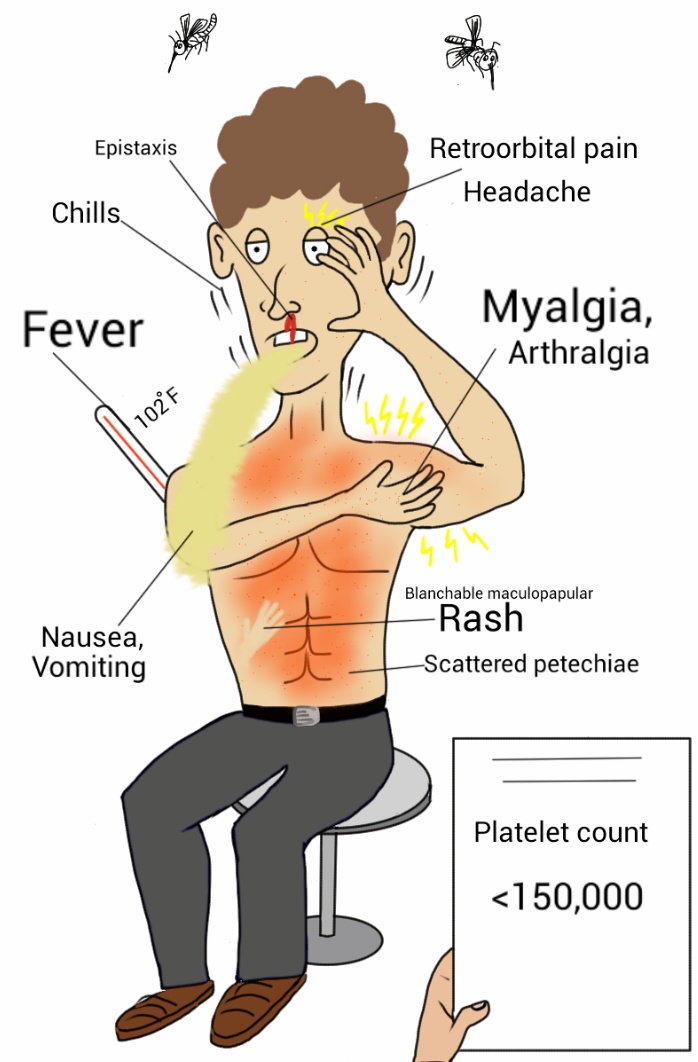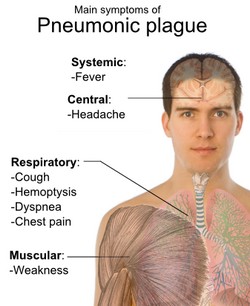Difference Between Epistaxis and Hemoptysis
Epistaxis is the situation where the nose is bleeding. Hemoptysis is the situation where there is bleeding resulting in blood being coughed up.

What is Epistaxis?
Definition:
Epistaxis is defined as bleeding from the nose. Bleeding is most often from the front and bottom parts of the nose, with more serious bleeding occurring at the back of the nasal cavity.
Symptoms:
Active bleeding from the nose is the main symptom; additional symptoms such as bruising on the body may indicate a bleeding disorder; a low blood pressure and fainting may occur if bleeding is severe resulting in hypovolemia. Where bleeding is at the back of the nose, symptoms may be slightly different and may include hemoptysis due to blood leaking down the back of the throat. Epistaxis thus can be confused with hemoptysis in some situations.
Diagnosis:
The diagnosis of epistaxis is done by noting the symptoms of the nose bleeding; however, it is often important to diagnose why epistaxis is occurring, especially if there is bleeding from the posterior part of the nose or if there is a lot of bleeding since this can mean that there is some undiagnosed illness. It is more common, however, for doctors to diagnose bleeding at the front of the nose at Kiesselbach’s plexus, an area that has many blood vessels.
Causes and complications:
Two of the most common reasons for nose bleeds are picking or blowing of the nose and if the nasal cavity is very dry. There are cases where epistaxis is due to other underlying conditions such as severe liver disease like cirrhosis or it is due to a bleeding disorder. Cancer and AIDs can also cause nose bleeding in some cases. The use of anticoagulant medication such as heparin and warfarin can sometimes cause nose bleeds. Hypovolemia may occur where bleeding is severe. In very extreme cases, a person can lose enough blood to result in death.
Treatment:
If the bleeding is in the anterior part of the nose, direct pressure usually causes the bleeding to stop. Bleeding at the back of the nose can be difficult to stop; packing gauze or placing a nasal balloon into the nose can help to stop the bleeding otherwise a special anticoagulant chemical or electrocauterization can be done. Where epistaxis is due to an underlying condition, treatment of the illness may help to stop the bleeding from happening.

What is Hemoptysis?
Definition:
Hemoptysis is the situation where a person coughs up bright red blood or blood-streaked sputum.
Symptoms:
Symptoms of hemoptysis are a coughing up of either blood-streaked mucus from the lungs or coughing up bright and foamy type blood.
Diagnosis:
A physical exam and looking for blood in the sputum of a person helps diagnosis of hemoptysis. In some cases, a bronchoscopy, chest CT scan or chest X-rays can be helpful in diagnosing why a person is coughing up blood.
Causes and complications:
Often an infection in the respiratory system can lead to hemoptysis; for instance, an active tuberculosis infection, cystic fibrosis, and pneumonia can all cause bleeding in the lungs. Sometimes vigorous coughing associated with these infections can cause small blood vessels to break resulting in hemoptysis. Any traumatic injury to the chest can also cause blood to be expectorated if the lungs are injured. Pulmonary embolism, in which there is a blood clot in the lungs, is a dangerous condition that causes coughing up blood. Where a person has a pulmonary embolism and in cases of extreme bleeding, the risk of shock and death is greatly increased.
Treatment:
With infections, steroids and antibiotic treatments help with inflammatory responses and in killing pathogens causing the illness. In the case of respiratory infections, the bleeding stops once the person recovers. Where hemorrhage is extreme, the blood vessels may need to be sealed off.
Difference between Epistaxis and Hemoptysis?
Definition
Epistaxis is the condition where there is bleeding from the nose. Hemoptysis is the condition where blood is coughed up from the lungs.
Causes
There are many reasons for epistaxis including trauma to the nose, bleeding disorders, liver cirrhosis, AIDS, and cancer. The causes of hemoptysis include lung cancer, pulmonary embolism, and respiratory infections such as pneumonia, cystic fibrosis, and tuberculosis.
Organ affected
In epistaxis, it is the nose that is affected and bleeding. In hemoptysis, it is most often the lungs that are affected and bleeding.
Diagnosis
Diagnosis of epistaxis is by a physical examination. Diagnosis of hemoptysis is by physical exam, bronchoscopy, chest X-ray, and CT-scans.
Treatment
The treatment of epistaxis includes applying pressure, using packing gauze or placing a nasal balloon into the nose; sometimes doctors use special anticoagulant chemical or electrocauterization to stop the bleeding. The treatment of hemoptysis includes the use of steroids, antibiotics or, in extreme cases, sealing off the leaking blood vessel.
Table comparing Epistaxis and Hemoptysis

Summary of Epistaxis Vs. Hemoptysis
- Hemoptysis and epistaxis are related because both involve bleeding and in some cases, nose bleeds can lead to coughing up blood.
- Epistaxis is very common, and most often it is the front septum that bleeds.
- Hemoptysis is a common occurrence due to respiratory infections like pneumonia, but can also indicate other worse conditions such as lung cancer or pulmonary embolism.
- Both epistaxis and hemoptysis can be dangerous where bleeding is extreme, in that they can lead to hypovolemic shock.
- In cases of severe bleeding, whether from the nose, or the lungs, blood vessels may need to be cauterized in some way to stop the hemorrhage.
- Difference Between Rumination and Regurgitation - June 13, 2024
- Difference Between Pyelectasis and Hydronephrosis - June 4, 2024
- Difference Between Cellulitis and Erysipelas - June 1, 2024
Search DifferenceBetween.net :
Leave a Response
References :
[0]Fried, Marvin P. “Epistaxis”. Merckmanuals, Merck & Co., 2020, https://www.msdmanuals.com/professional/ear,-nose,-and-throat-disorders/approach-to-the-patient-with-nasal-and-pharyngeal-symptoms/epistaxis
[1]Ittrich, Harald, et al. "The diagnosis and treatment of hemoptysis." Deutsches Ärzteblatt International 114.21 (2017): 371.
[2]Kucik, Corry J., and Timothy L. Clenney. "Management of epistaxis." American family physician 71.2 (2005): 305-311.
[3]Image credit: https://commons.wikimedia.org/wiki/File:Pneumonic_plague.jpg
[4]Image credit: https://commons.wikimedia.org/wiki/File:Dengue_features.JPG
